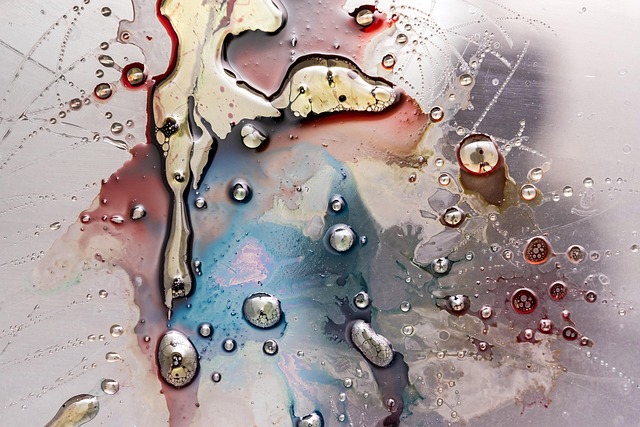When you pick up your camera, whether it’s a DSLR, mirrorless, or even your smartphone, you are not just clicking a button to capture a moment; you are endeavoring to create an impression. A lasting impression that tells a story, evokes emotions, and captivates the viewer. The art of composition is essential to achieving this goal, allowing photographers to turn ordinary scenes into extraordinary images.
Imagine walking through a bustling market, where colors collide, sounds intertwine, and textures abound. As a photographer, your task is to capture this harmonious chaos in a way that evokes a feeling of the experience. Composition, when executed correctly, can transform a simple photograph into an impressionistic representation that connects on an emotional level.
One of the foundational principles of composition is the rule of thirds. This technique invites you to divide your frame into a grid of nine sections, intersecting at four keypoints. By positioning the main subject along these lines or at their intersections, you create balance and draw attention to critical elements within the frame. This thoughtful arrangement not only aids the viewer’s eye but also enhances the overall impression of the image.
Another powerful tool in your photography arsenal is leading lines. These natural or man-made lines guide the viewer’s gaze through the photograph, adding depth and perspective. Whether it’s a winding road, a row of trees, or the edge of a building, the inclusion of leading lines can transform your image from flat to dynamic, amplifying the impression it leaves on the viewer.
Paying attention to the background is equally crucial in composition. A cluttered or distracting background can take away from the subject of your photograph, muddling the impression you wish to convey. Instead, opt for a clean, unobtrusive backdrop that complements and elevates your subject. Utilize aperture settings to create a shallow depth of field, allowing the subject to pop while the background fades into a pleasing blur.
When it comes to lighting, the golden hour, just after sunrise or before sunset, offers a magical quality that enhances your images. The soft, warm light has the power to transform ordinary scenes into spectacular landscapes, creating an impression that is both inviting and serene. Experiment with different angles and perspectives during these hours to capture the essence of your subject beautifully.
Finally, never underestimate the power of emotion in your photography. An impression is not solely about how a picture looks; it’s about how it makes people feel. Be attentive to the moments that speak to you, whether it’s a candid smile, a child’s laughter, or a fleeting glance between loved ones. These raw, authentic moments encapsulate the essence of the human experience and convey a stronger impression than any meticulously arranged shot.
In your journey as a photographer, remember that each click of the shutter is an opportunity to create an impression that resonates with others. By mastering the art of composition, you will not only refine your technical skills but also enrich the storytelling aspect of your work. So grab your camera, venture into the world, and let each photo reflect the beauty and emotion of the moments you capture.



